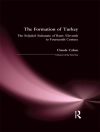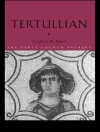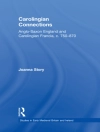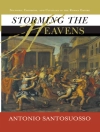Three of the most important chronicles of eleventh-century Germany were composed in the south-western duchy of Swabia. The chronicles reveal how between 1049 and 1100 the centripetal attraction of the reform papacy became the dominant fact of intellectual life in German reformed monastic circles.
In the abbey of Reichenau Herman ‘the Lame’ composed a chronicle of the reign of Emperor Henry III (1039-56). His pupil, Berthold of Reichenau, continued his master’s work, composing a detailed account of 1076-1079 in Germany. Bernold, a clergyman of Constance, continued the work of Herman and Berthold in a text containing the fullest extant account of 1080-1100. Herman’s waning enthusiasm for the monarchy and growing interest in the newly reformed papacy were intensified in Berthold’s chronicle, and writing in the new context of the reformed monasteries of south-western Germany, Bernold preached total obedience to the Gregorian papacy.
The Swabian chronicles are an indispensable resource to the student of the changing loyalties and conflicts of eleventh-century Germany.
Table of Content
Series editor’s foreword
Preface
Abbreviations
Introduction
Herman of Reichenau, Chronicle
Berthold of Reichenau, Chronicle: First Version
Berthold of Reichenau, Chronicle: Second Version
Bernold of St Blasien, Chronicle
Bibliography
Index
About the author
I. S. Robinson is Lecky Professor of History and Senior Fellow of Trinity College, Dublin












